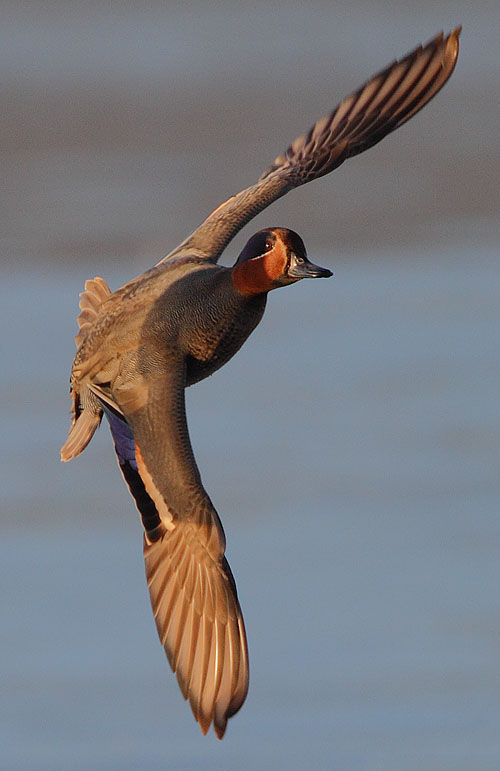Facts About Eurasian teal
The Eurasian teal, often referred to as the common teal or Eurasian green-winged teal, is a delightful small duck found across temperate regions of Eurosiberia. When winter approaches, these birds migrate south, adding a touch of their distinctive blue-green plumage to their new habitats—a feature from which the name "teal" is derived. Sociable by nature, they frequently form large flocks in sheltered wetlands, where they feed on seeds and aquatic invertebrates.
In the avian world, the Eurasian teal is closely related to the mallard and other true teals. It belongs to a larger collective, or superspecies, that includes the green-winged teal and the speckled teal. Scientists continue to debate whether the Eurasian teal and the green-winged teal should be classified as separate species. Notably, Carl Linnaeus, the renowned Swedish botanist, first described this bird in 1758.
These ducks rank among the smallest dabbling ducks. Males and females exhibit significant sexual dimorphism, especially during the breeding season. Males have a distinctive call, while females produce their own unique vocalizations. Eurasian teals inhabit the Palearctic region, spreading to areas such as the Mediterranean, South Asia, and East Asia during winter. While not as prevalent as their American counterparts, they remain abundant.
During the breeding season, Eurasian teals prefer freshwater wetlands rich in tall vegetation. In winter, they migrate to brackish waters and coastal areas. Their diet also varies seasonally; they consume aquatic invertebrates during the breeding season and switch to seeds in winter. These ducks nest on the ground near water, with females laying eggs that hatch after approximately 21-23 days. The ducklings leave the nest soon after hatching and are cared for by their mother until they can fly.
The Eurasian teal is currently listed as a species of Least Concern by the IUCN and BirdLife International. As migratory birds, they are part of various conservation agreements. Their intriguing behaviors—from feeding and nesting to migrating—make them a fascinating subject for wildlife enthusiasts.

 Central African Republic
Central African Republic